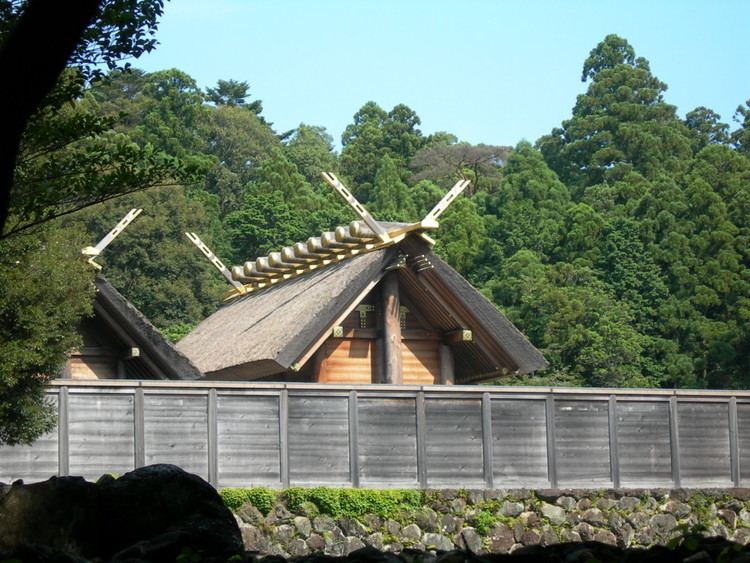645–650 Taika 686–686 Shuchō 704–708 Keiun | 650–654 Hakuchi 701–704 Taihō 708–715 Wadō | |
 | ||
Enkyū (延久) was a Japanese era name (年号,, nengō,, lit. "year name") after Jiryaku and before Jōhō. This period spanned the years from April 1069 through August 1074. The reigning emperors were Go-Sanjō-tennō (後三条天皇) and Shirakawa-tennō (白河天皇).
Contents
Change of Era
Events of the Enkyū Era
References
Enkyū Wikipedia(Text) CC BY-SA
